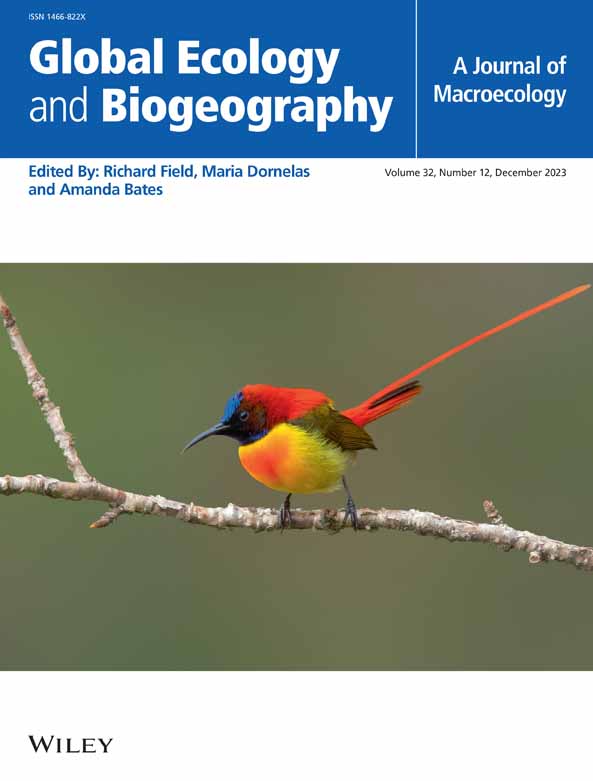Modelling Coastal Connectivity in the Mediterranean Sea: Similar Effects of Changes in Hydrodynamics and Reduction in Planktonic Duration
Abstract
Aim
Climate change can affect the dispersal of marine organisms and the connectivity of their populations through changes in hydrodynamics and reduction of propagule planktonic duration. Few studies have investigated both these effects over regional to global scales across a variety of release dates and sites. Here, we use hydrodynamic Lagrangian modelling to investigate these effects, their seasonal variation, and how they are modulated by the planktonic duration of dispersing propagules.
Location
Coastal areas of the Mediterranean Sea.
Time Period
2020-decade, 2050-decade and 2090-decade.
Major Taxa Studied
Marine coastal organisms with planktonic propagules dispersed passively by ocean currents (e.g., seagrasses, mussels, sea urchins).
Methods
Simulations of propagule dispersal were carried out using particle tracking model simulations driven by sea current velocity fields derived from the POLCOMS hydrodynamic model, under the Representative Concentration Pathway 8.5. We released propagules over three decades and followed their transport for planktonic durations of up to 60 days. We quantified connectivity using three site-level variables (i.e., dispersal distance, coastal retention and netflow) and a clustering approach.
Results
Changes in hydrodynamics and reduction in planktonic duration had similar effects on connectivity, leading to changes of up to 60% of the values of the 2020-decade. While the largest effects of changes in hydrodynamics were confined to few areas, the effects of reduction in planktonic duration were less variable spatially and seasonally. The effects of hydrodynamic changes were larger and more variable in species with longer planktonic durations.
Main Conclusions
Because they had similar magnitudes, both the effects of changes in hydrodynamics and reduction in planktonic duration should be considered in future studies. The expected changes in connectivity have potential consequences for genetic structure, effectiveness of protected areas, and biological invasions. The dispersal dataset produced here is openly accessible and will support further research in these critical areas.


 求助内容:
求助内容: 应助结果提醒方式:
应助结果提醒方式:


